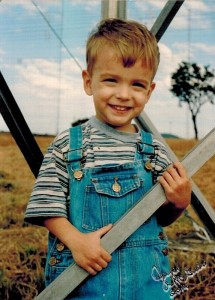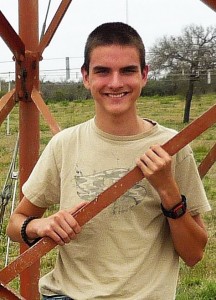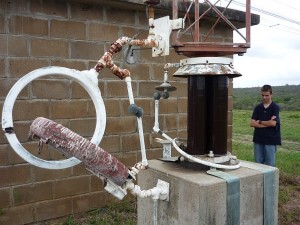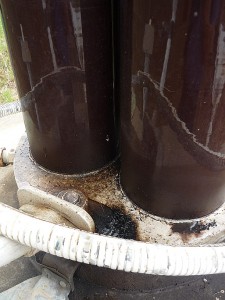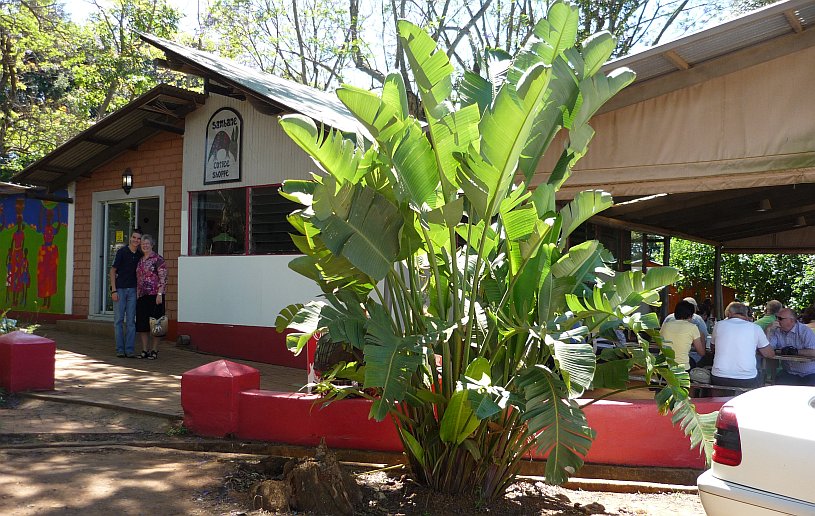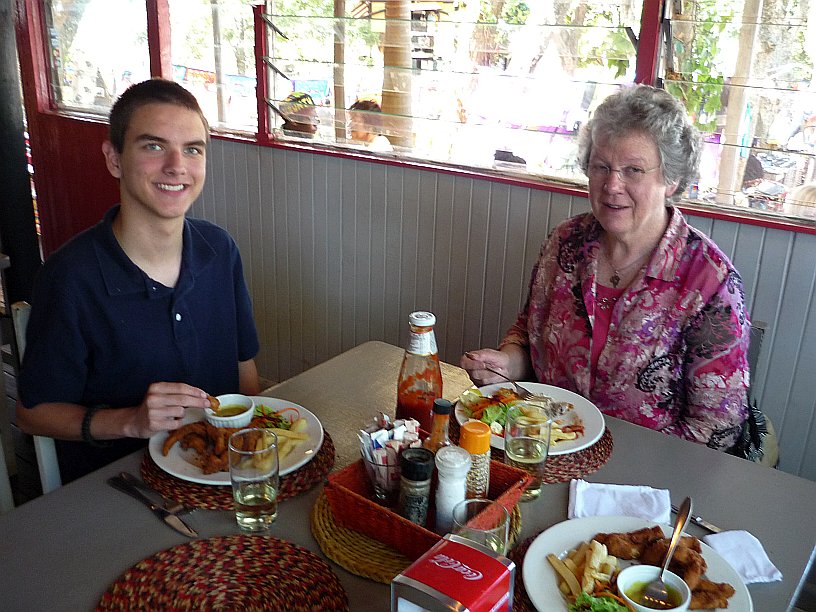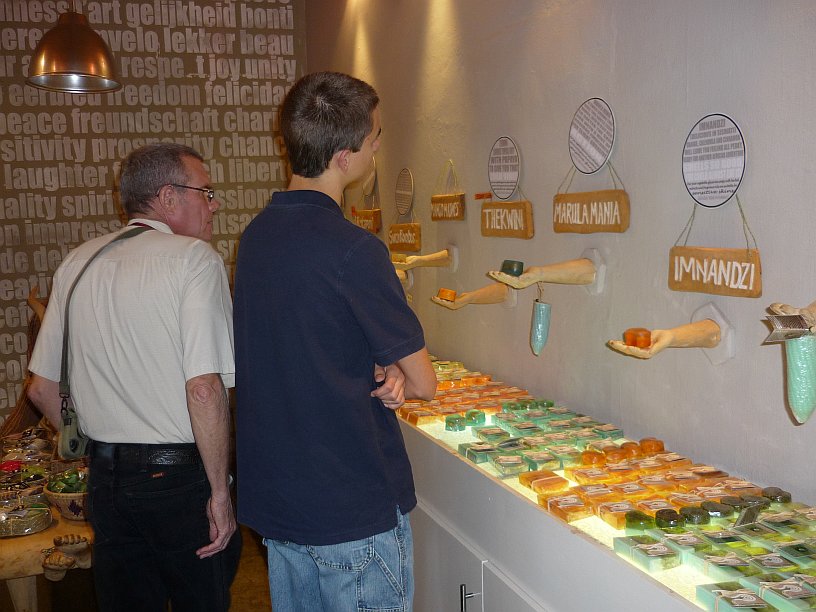Testimony for 40th Anniversary of TWR Swaziland
Larry McGuire
31 October 2014
First, let me say that Virginia and I feel privileged to have served with TWR for the past 47 years. We both agree that the most memorable of those years were while living here in Swaziland from 1973 to 1989. All five of our sons were born during that time and Swaziland still feels like home to us. This transmitter site brings back so many memories of the “great things God has done.”
Today, I could spend hours telling you about details of the early history of TWR Swaziland. Instead, I will try to tell of just four, of many, times that we clearly witnessed God’s Hand at work.
Isaiah 65:24, “And it shall come to pass, that before they call, I will answer; and while they are yet speaking, I will hear.”
In the video we have just seen [ http://vimeo.com/109814775 ], Edie referred to God’s provision of sand just when it was needed. Here is my recollection of that amazing event. In 1973 and 74, during the early stages of construction, we were taking river sand from the river from near the end of the current suspension bridge. This sand was being used to make thousands of concrete blocks, and to pour foundations and anchors for buildings and antennas. Maybe 30% of the way into the project, we had nearly used up all the available sand. We were investigating the logistics, and were overwhelmed by the cost, of purchasing and transporting hundreds of tons of sand to continue the construction. About then, we experienced some very heavy rains. Since this was before the roads and building site were graveled, the roads and working conditions became extremely muddy. The river rose very high for a couple of days cutting off access via our normal route. So, in addition to being annoyed by the miserable working conditions, we had to travel the hour-longer north route through Scotts Ranch. When the river receded, the sand that we had used up had been replaced, plus a whole lot more. So, while we were fretting, God was providing — abundantly. We may have lost a few hours of productive work, but God had silently been redeeming those lost hours so that the work could progress even more quickly!
When trying to locate a suitable transmitter location in Swaziland, we explored and tested many sites. We would drive aluminum rods into the earth and use a special meter to measure ground conductivity. (Those who observed us must have thought we were crazy. We heard later that some were convinced that we were working for the CIA!) I recall testing sites near Ngwenya, Malkerns, Big Bend and what is now Hlane Game Park, but a site near Mhlume was, by far, the very best. When TWR was finally granted a license in 1973, the only property available was Mpangela Ranch, so here is where TWR established its transmitter site. Several years later, we were again taking ground conductivity measurements to find a location for our station in Boputhatswana. At that time, we decided to test the ground conductivity here on this property. To our amazement, the measurements were similar to the ones taken at Mhlume. We praised God and marveled at what He had done by providing Mpangela Ranch at just the right moment back in 1973 — and it was a whole lot closer to Manzini than Mhlume!
On 1 November 1974 we had only one 25 kw transmitter on the air, broadcasting from the storage building located about where the wall behind me is. The first section of the transmitter building was just nearing completion and housed only two transmitters. Therefore, only one diesel driven alternator was needed. It was only when the second section of the building was completed in 1975, that the third and fourth 25 kw transmitters were ready for service. At that point we purchased and installed the second diesel driven alternator. Since the power plant building was located across the way [about 200 feet southwest], we needed a heavy power cable to bring the additional power from the power building to the transmitters. No company that we contacted wanted to cut the length of expensive cable that we wanted off a full reel. Eventually, we found a company that had a partial reel that was quite a bit longer than what we required, but they agreed to sell it all to us for only the cost of the length we wanted. We cut off what we needed and for four years the huge reel with left-over cable sat outside, then in the storage shed. When it came time to add the Continental 100kw shortwave transmitter in 1979, we needed a heavy power cable to connect it up. We measured the length of cable required. When we checked the remaining cable on the reel, there was just enough cable to make the connection. Once again, the Lord had made provisions for a need, that we did not know we would have until four years later!
Last but not least — When TWR Swaziland first went on the air, the nearest power line ended at the top of the hill near Singing Pines [20 miles away]. Because the cost would have been much too high to connect, TWR utilized two diesel driven alternators to provide electricity. (The larger of those two alternators is still being used on the smaller of the current standby engines.) Two years later, in 1976, we observed that the power line had been extended to Mpisi farm [6 miles away]. We again contacted the Swaziland Electricity Board about the possibility of connecting onto the end of the Mpisi line. SEB agreed, and, amazingly, at no capital cost to TWR. Since this line was coming all the way from their substation on the other side of Manzini [25 miles away], SEB stipulated they would only be able to supply enough power for two, of our four, transmitters. We accepted this limitation, as it would still greatly reduce our operational costs. After connecting the two transmitters to SEB, we found that the voltage sagged nearly 10% when high voltage was switched on. It was true — loading on all four 25kw transmitters was impossible — EXCEPT — we were about to make an amazing discovery!
When TWR obtained the 25kw shortwave transmitters in 1971, they were nearly 25 years old, but had never been used. Included with the spare parts, that had been gathered in the 1940s for these transmitters, was a large, rather unusual, transformer that was not even a transmitter part. Since it was not needed, we stored it in the back of the storage shed. Now, with the limited load capability of SEB, we decided to check out this now well-hidden transformer and discovered that it was a regulation transformer. Doing some calculations, we discovered that it was just big enough to regulate the low voltage sections of all four transmitters, but SEB would have to approve the additional load on their power line. SEB agreed and within weeks all four transmitters were successfully operating on SEB power. The high-maintenance diesel engines were now reassigned for standby service only. Our operating costs and labor for maintenance dropped dramatically! All this could only happen because God knew of our need 30 years earlier and saw to it that someone in the 1940s ordered this regulation transformer so that it would end up being included with the transmitter parts destined for Swaziland!
This God, who answered before we knew we even had a need in the early history of TWR Swaziland, is the same God that we serve today. Let us continue to trust Him, so that we will see His Hand at work in our personal lives and in the ministry of TWR, possibly for another 40 years, if He does not return before then. All praise goes to our Great God for what He has done, for what He is doing and for what He is going to do!!

